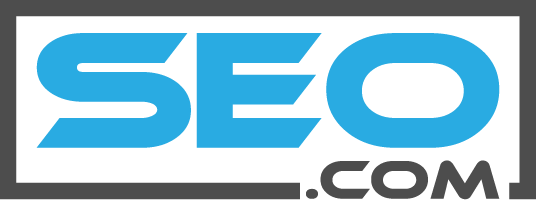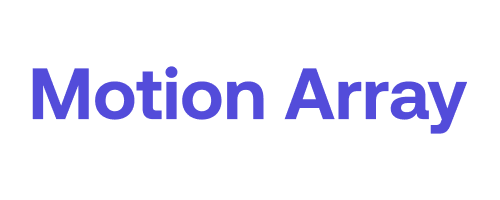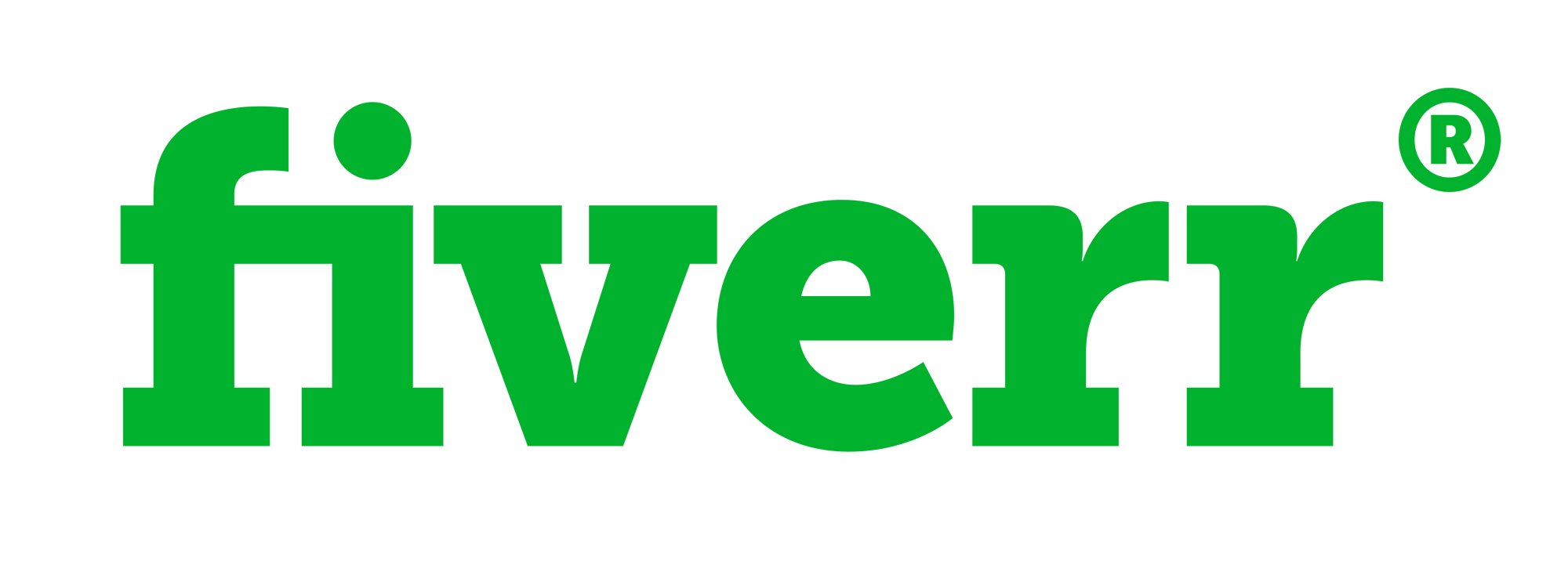How to Make Logo Animation: Example of How to Write Brief with Essential Free and Paid Tools and Basic Questions
Overview and Background of the Company/Client
Before beginning a logo animation project, it is important to have a solid understanding of the company or client's background and brand identity. This information can help the motion designer create an animation that accurately reflects the company's values and goals.
The background of the company or client should include information such as the company's history, mission statement, target audience, and overall brand identity. The motion designer should also familiarize themselves with the company's products or services, as well as their current marketing initiatives.
Types of logo animation and techniques used
There are several types of logo animation that a motion designer can use to bring a logo to life. Some of the most common types include:
- 2D Animation: This type of animation involves creating movement in a two-dimensional space. 2D animation can be simple or complex, depending on the desired effect.
- 3D Animation: 3D animation involves creating movement in a three-dimensional space. This type of animation can be highly detailed and realistic, but it can also be time-consuming and complex.
- Motion Graphics: Motion graphics are animated elements that are used to create a visual story. These elements can include text, shapes, and other design elements.

The motion designer can use a variety of techniques to create these types of logo animation, including traditional animation, digital animation, stop-motion animation, and more. The technique used will depend on the desired effect and the motion designer's skill set.
In summary, the motion designer should be familiar with the company or client's background and brand identity before beginning a logo animation project. They should also be familiar with the different types of logo animation and the techniques used to create them. This information will help ensure that the resulting animation accurately reflects the company's values and goals.
Logo Animation Project Brief
This template provides a structured format for outlining the key aspects of a logo animation project, including its goals, target audience, branding guidelines, animation style preferences, technical requirements, and timeline.
| Section | Description |
|---|---|
| Project Title | [Your project title] |
| Project Description | [Brief description of the project goals and main purpose of the logo animation] |
| Target Audience | [Description of the target audience, including demographics and preferences] |
| Branding Guidelines | [Description of the brand's visual identity, including logo design, colors, and typography] |
| Animation Style Preferences | [Description of the desired animation style (e.g., minimalist, dynamic) and specific preferences (e.g., motion graphics, 3D animation)] |
| Technical Requirements |
|
| Timeline | [Proposed timeline for concept development, animation creation, revisions, and finalization] |
| Delivery | [Method of delivering the final logo animation, such as email, file sharing platform, or cloud storage] |
Goals and Objectives
The objectives and goals for a logo animation project can vary depending on the type of animation and the intended platform. Therefore, it is important for the motion designer to work closely with the client to identify the desired outcomes of the project and the appropriate type of animation to use.
Here are some examples of how the objectives and goals can depend on the type of logo animation and its intended use:
- Intro to Branded Videos: Logo animation can be used as an opening sequence to branded videos to introduce the brand and create a lasting impression on the audience.
- Outro to Branded Videos: Logo animation can also be used as an outro to branded videos, leaving the audience with a memorable impression of the brand and its products or services.
- Attracting Attention at Trade Shows: Logo animations can be utilized to grab the attention of visitors at trade shows, making the booth more engaging and drawing visitors in.
- Email Signatures: Including logo animations in email signatures can make emails more visually appealing and memorable.
- Presentations: Incorporating logo animations in presentations can make them more engaging and professional, leaving a lasting impression on the audience.
- Social Media: Logo animations can be optimized for social media and used as short videos or GIFs to increase brand awareness and engagement.
- Website Homepage: Logo animations can be used as a loading animation or part of the website header to make the website more visually appealing and enhance the user experience.
- Digital Advertising Banners: Logo animations can be used in digital advertising banners to attract attention and increase click-through rates.
Additionally, the goals for a logo animation project can depend on the specific platform where it will be utilized. For example, the goal for a logo animation on a website homepage may be to make the website more visually appealing and enhance the user experience, while the goal for a logo animation in a digital advertising banner may be to increase click-through rates and generate leads.
Examples of Goals and Objectives for Logo Animation
- Increase Brand Awareness: The primary goal of a logo animation for social media or digital advertising banners may be to increase brand awareness among the target audience.
- Enhance User Experience: The objective of a logo animation on a website homepage may be to enhance the user experience and create a more engaging and visually appealing website.
- Generate Leads: The goal of a logo animation in a digital advertising banner may be to increase click-through rates and generate leads for the business.
- Increase Engagement: The objective of a logo animation for social media or email signatures may be to increase engagement with the audience and create a memorable impression of the brand.
- Attract Attention: The goal of a logo animation at a trade show may be to attract the attention of visitors and make the booth more engaging and memorable.
- Establish Brand Identity: The objective of a logo animation in a branded video may be to establish the brand identity and create a lasting impression on the audience.
- Enhance Professionalism: The goal of a logo animation in a presentation may be to enhance the professionalism of the presentation and leave a lasting impression on the audience.
In summary, the objectives and goals for a logo animation project will depend on the type of animation and the intended use. The motion designer should work closely with the client to identify the desired outcomes of the project and select a type of animation that will help achieve those goals.
6 Best Production Management Software for Video & Film (2022)

Film and video productions are hectic! Having the right production management software sets the tone for how organized and efficient your shoot will be. Yet with so many options out there, how will find the one to fit your needs? Look no further.
Read moreTOP 10 Project Manager Tools for Videographers

When it comes to project management tools you want something that is easy to access by all team members, is affordable, and helps streamline your workflow quickly and efficiently. As a videographer, the right project management tool can help you stay on schedule, focus on the key aspects of the project, and cut out time wasted on communication issues and more. The following project management tools can assist in the planning, shooting, organizing, and execution of any video project you are working on.
Read moreTarget Audience
The target audience depends on the type of your video, it is either a commercial work or not, the target audience may grow or decrease relative to it. Where this video will be shown can also play the role of the target audience. Basically, the target audience is measured by gender and age, as well as by income level. The target audience may have some preferences regarding the brand for which the logo animation is being done. There are many ways and methods of working out your target audience. One of the most popular is the Character method, but it is very labor intensive. They often use a shortened version of it and analyze the audience according to 3 main parameters:
Geography describes the location where your customers and subscribers live or are interested in. Demographics include parameters such as gender, age, marital status, education, lifestyle, average income per month, car ownership, and any other social characteristics that are important in the context of your business. Psychography is divided into 2 sections: interests and problems.
7 Tools to Help You Learn About Your Target Audience
Knowing your brand’s target demographics can help you create better audience profiles and reach them on the platforms and in the places they frequent most. There are a lot of ways to dig into the demographics of your current visitors and your target audience, and you may already have tools installed to start mining for information. Here are seven tools you can use to learn more about who your current visitors and customers are, as well as the audience you want to attract.
Read more8 Tools to Better Understand Your Target Audience

We read a lot in the SEO world about things like keyword research , analyzing your competitors, and other things to get traffic to your site. But I don’t see information very often about deciding who your target audience is and how to make sure your keyword choices will actually reach them. This is one way to take your keyword research to the next level, and it’s well worth the effort. So rather than trying to guess whether your SEO or PPC ads are appearing in front of the right people, here are some tools you can use to make sure.
Read moreReferences
References help give the artist a clearer picture of the final product. There are many different types of logo animation that can be used in videos, coloring, and many other video building elements that can inspire you and give your artist the right direction. It's often hard to articulate in terms of video style, but providing as much detail as possible, along with links to other productions you like you'll help emphasize the style you're after more clearly – making it more likely you'll end up with the finished product you'd envisioned.

Vimeo, Inc. is an American video hosting, sharing, and services platform provider headquartered in New York City. Vimeo focuses on the delivery of high-definition video across a range of devices. Vimeo's business model is through software as a service.
Google rank: 4.4
YouTube is an American online video sharing and social media platform headquartered in San Bruno, California. It was launched on February 14, 2005, by Steve Chen, Chad Hurley, and Jawed Karim. It is owned by Google, and is the second most visited website, after Google Search.
Google rank: 9.4
Animation / Motion graphic design
Before creating a logo animation, you need to understand how difficult the task is and whether it can be implemented with ready-made tools such as templates, online editors, or you need to use special programs. For simple tasks, you can do without specialists using special resources. For more complex tasks, a specialist is needed. You can buy a ready-made template and remake it, thereby saving money. But if there are no suitable templates and it is impossible to solve the task using the listed tools, you need to involve a specialist with knowledge of certain programs.

VideoHive is an online stock file with a huge library of video and motion graphics. Produce slick videos and motion graphics with a huge range of stock footage, After Effects templates for logos, intros and more, as well as Apple Motion templates, etc.
Google rank: 9

Bring your videos to life with dynamic animations. Discover professionally-designed, easy-to-use motion graphics video templates for all your projects, ready to use in Premiere Pro. Quickly find what you’re looking for with search filters — everything from titles to transitions, backgrounds, overlays and more.
Google rank: 6.4
Sophisticated AI platforms allow motion designers to input brand guidelines, specifications, and references to automatically generate unique logo animation concepts. These AI tools utilize machine learning to continually enhance and refine their capabilities. While the output still requires a human touch, AI animation platforms can provide inspiration, accelerate the design process, and even produce basic animations that serve as a jumping off point. With the rapid evolution of artificial intelligence, logo animation is one area of design that stands to benefit tremendously from these innovative new technologies. AI will enable motion designers to work faster and devote more time to creative refinement. When used effectively alongside human creativity, AI promises to unlock new potential in logo animation.
Sound Design
How to write music brief How to write audio brief
Music and sound effects are the last steps in creating a video. You can write music separately for the video or just use a ready-made composition. Sound effects emphasize key points or are simply entertaining. On the Internet, you can order both original sound and download paid and free materials.
Explore The Best Music. Get Unlimited Downloads. Enjoy Your Creative Freedom. Start Now! Discover 1000's of New Songs. Amazing Royalty-Free Music for Video. 100% Copyright Free. 2022's Talented Composers. 1000s of New Songs.
Google rank: 9

What does AudioJungle mean? AudioJungle is part of Envato Market. At AudioJungle you can buy and sell royalty-free music and sound effects that are completely Podsafe for just a few dollars, which includes a Buyer Fee. The site is home to a bustling community of audio composers and producers.
Google rank: 6.4
Budget
One common type of budget is a fixed budget, which is based on the client's available funds and the scope of the project. This approach provides a clear understanding of the costs involved and helps to manage the project effectively. However, it's important to ensure that the budget is realistic and aligned with the project's objectives and goals.
Another approach is to work on a per-hour basis, where the motion designer is paid an hourly rate for their work on the project. This approach can be useful when the scope of the project is not well-defined or when there are changes to the project requirements during the development process. However, it's essential to ensure that the hourly rate is fair and aligns with the market standards.
Regardless of the type of budget chosen, it's crucial to consider the budget when developing the project brief for logo animation. This includes identifying the resources required, the level of detail and complexity of the animation, and any potential challenges or issues that may arise during the development process. By doing so, the motion designer can ensure that the project is completed within the established budget and achieves the desired goals and objectives.

Upwork connects businesses with independent professionals and agencies around the globe. Where companies and freelancers work together in new ways that .
Google rank: 4.4
Join the thousands of entrepreneurs who are launching their contests every week and harnessing the awesome power of crowdsourcing.
Google rank: 6.4

Another staple competitor analysis tool for SEO is Ahrefs’ site explorer, which allows you to check any URL’s top organic keywords. Additionally, you get a rough estimate of how much traffic a competitor receives on those keywords.
Google rank: 9.4
Conclusion
Creating an effective logo animation requires careful planning and execution. The motion designer must have a solid understanding of the client's brand identity and goals for the animation in order to develop a concept that aligns with their vision. Additionally, the type of animation, intended platform, target audience, visual references, and budget must all be clearly defined and agreed upon early in the process. With clear communication and collaboration between the client and motion designer, an impactful logo animation can be produced that establishes brand recognition, engages audiences, and helps achieve specific marketing and advertising objectives. The techniques, tools, and resources available to motion designers today provide endless possibilities for bringing a logo to life through animation. When thoughtfully executed, a logo animation has the power to capture attention, convey core brand values, and leave lasting impressions on viewers.

